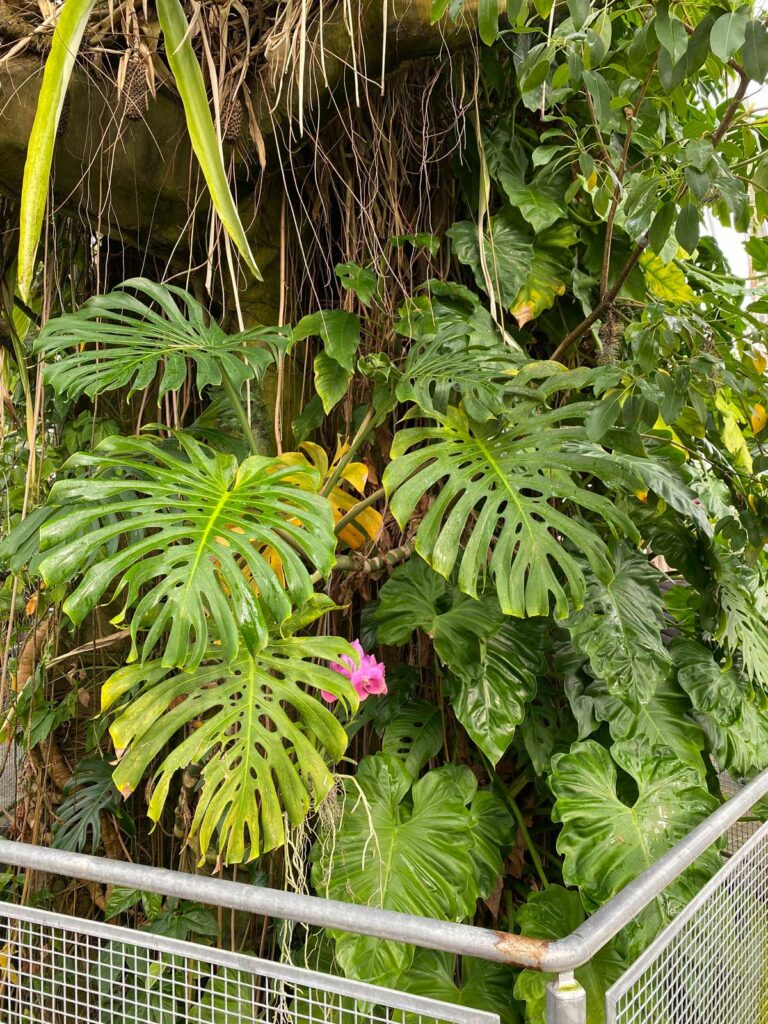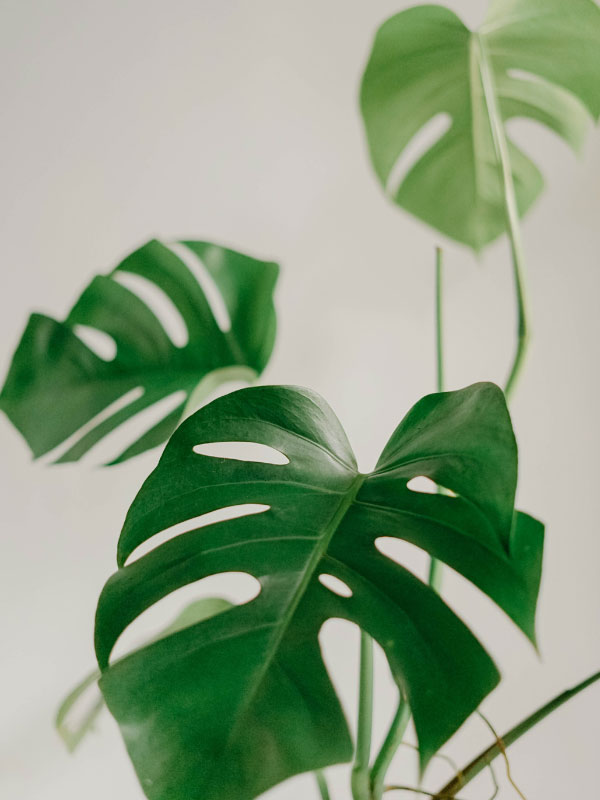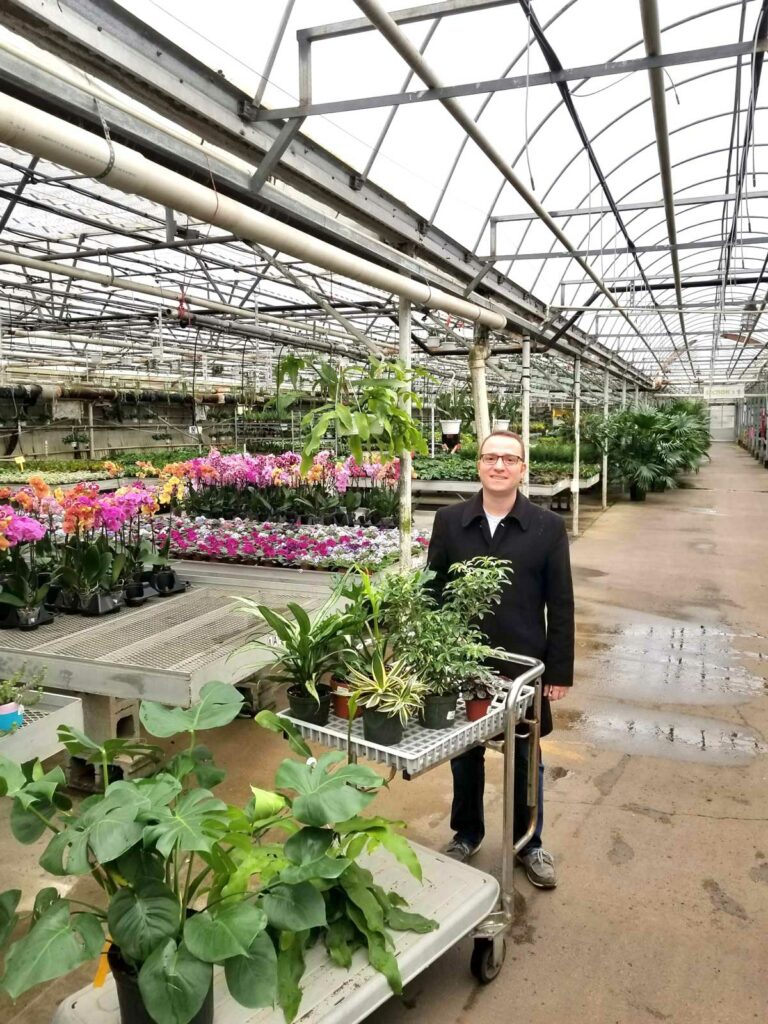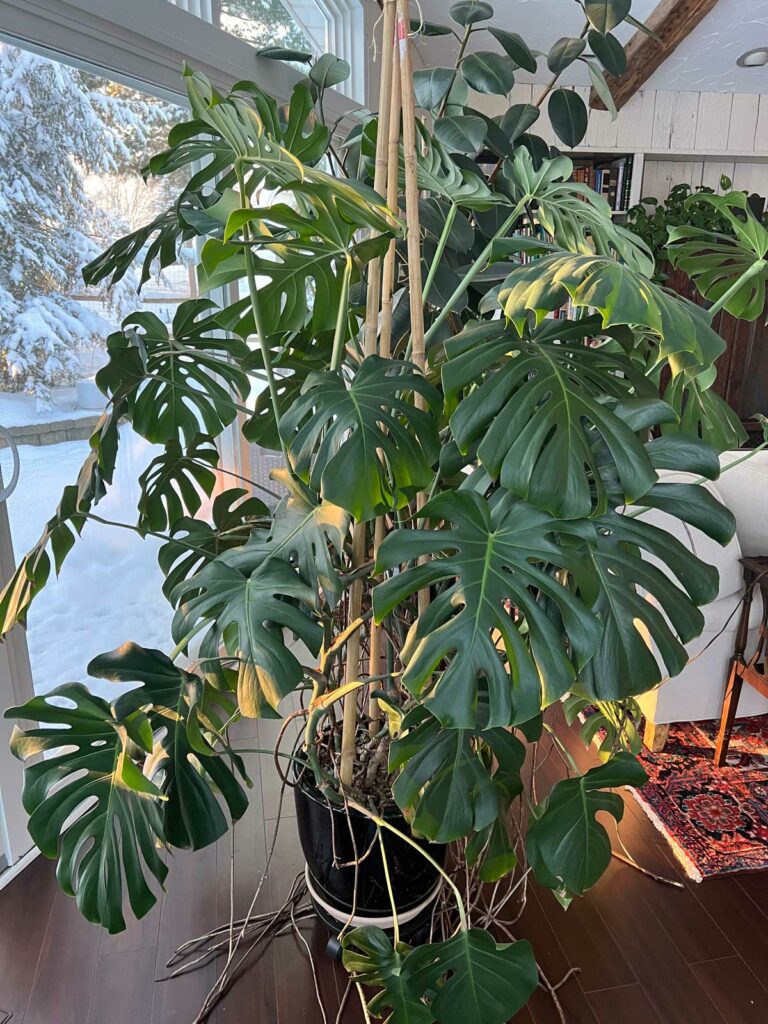Does your Monstera deliciosa only have one stem? Is that normal for a Monstera to have one stem or vine? Maybe you’ve seen a bushy Monstera deliciosa plant and are wondering how you can make yours look like that.
In this post, I’ll explain the answers to all these questions and more, so keep reading!
Monstera plants are treasured for their iconic split leaves and tropical vibe. But sometimes our beloved monsteras can struggle, losing leaves and declining to just a single stem. It’s heartbreaking to see your once-lush monstera reduced to a lone stick. But don’t give up hope! With proper care, a monstera with only one stem can revive and regrow. This article covers how to restore your one-stemmed monstera to its former glory.
Evaluating the Stem and Roots
The first step is assessing the health of your monstera’s remaining parts Check the solitary stem for firmness Give it a gentle squeeze – is it still sturdy or more soft and squishy? A firm stem indicates it’s still alive and capable of generating new growth,
Next, if possible, examine the roots. Gently remove the plant from its pot and inspect the root system. Are the roots white and firm or blackened and mushy? White, healthy roots along with a solid stem mean your monstera can rebound.
Providing the Right Care
If the stem and roots pass the evaluation, the next step is giving your one-stemmed monstera the care it needs to regrow. Here are the keys:
-
Sunlight: Monsteras grow best with bright, indirect light. Place it in a south or west-facing window. Slowly acclimate it if moving from lower light.
-
Water Keep the soil consistently moist but not soaked Water when the top inch is dry Reduce watering in winter,
-
Air circulation: Good airflow prevents disease. Give it space and consider a small fan to keep air moving.
-
Warmth: Maintain temperatures above 65°F/18°C. Heat promotes growth.
-
Pruning: Remove any dead or dying stems/leaves. Otherwise let the plant be.
-
Fertilizer: Avoid fertilizer until new growth emerges. Then use a balanced houseplant fertilizer.
With this supportive care, you should see tiny new leaves or stems peeking from the nodes and soil in time.
Possible Problems and Solutions
Even with good care, some issues can hinder your monstera’s recovery. Here are troubleshooting tips:
-
Stem darkens or rots: The stem is dying. Try taking cuttings from any healthy parts and propagating in water.
-
Few roots survive: Without enough roots, the plant can’t take up water/nutrients. Focus on root regrowth before expecting new stems.
-
Small leaves only: Too little light causes small growth. Very slowly move it to a brighter spot over weeks.
-
Slow growth: Fertilize monthly in spring/summer to provide a growth boost.
-
Insect infestations: Isolate and treat for any pests like mealybugs that may weaken the plant.
Enjoying Your Revived Monstera
With time and care, your monstera with just one stem can make a comeback! In a few months, you should see vigorous new stems and those iconic split leaves. Make sure to give it a moss pole or other support as it grows back bushy and full. A revived monstera makes all the effort worthwhile! Never hesitate to try and nurse a struggling monstera back to health.

MONSTERA HAS ONLY ONE STEM?
If your Monstera deliciosa plant only has one stem, it will stay that way. Why? This is simply the nature of this plant and you’re not doing anything wrong!.
These plants grow on vines and begin their lives on the forest floor. They will creep along until they find a tree trunk. Their aerial roots will connect them to a tree trunk once they find one, and they will begin to climb the tree to get more light.

Monstera deliciosa plants climb up trees by using their aerial roots.
One thing you can do with many plants is prune them to make their growth bushier. But not this one.
There is a very small chance that your Monstera deliciosa plant will split into more than one vine. It will also be hard for them to grow new leaves at the base of the plant. I’m not saying this will never happen, but it is not built into the genetics of this plant.
So how did that nice, bushy Monstera plant get that way? The answer is pretty easy.

A BUSHY PLANT HAS MULTIPLE VINES IN ONE POT
When I purchased my Monstera deliciosa plant years ago, there were several vines in the same pot already.
Here is the plant when I purchased it at the nursery. There are six vines in this Monstera pot, even though it may not look like it in the picture.

And a mere 3-4 years later, look how big and beautiful the plant grew into at my home.

Of course, having multiple vines in a pot poses its challenges too. It’s harder to hold the plant up, and the vines can get stiff and tangled as they age. It’s also harder and more awkward to move the plant to a new pot.
You can find a few different ways to help your Monstera deliciosa plant in my blog post filled with ideas.
What if you only have one vine and want a nice bushy plant like the one above?
How to set up your Monstera for success
FAQ
How to get Monstera to grow more stems?
What should I do with Monstera aerial roots?
How do I get my Monstera to split?
How do you know if a Monstera plant is leggy?
You may also notice that the stems of your Monstera plant are moving downwards toward the floor. The leaves on a leggy Monstera plant are often spaced out more than usual, and the plant may have gaps between the leaves. The leaves may also become more narrow than wide and oval.
What does a leggy Monstera look like?
A leggy Monstera looks like it has stretched out. The stem becomes longer and thinner, and there are fewer leaves. The leaves that are present are often smaller than usual. The plant may also start to lean to one side. Since leggy Monstera plants are searching for sunlight, you may see them climbing or leaning toward the nearest light source.
What happens if a Monstera plant outgrows its pot?
The result of this is that you will have a root bound Monstera, which is what happens when a plant outgrows its pot. When this happens, you’ll need to repot your Monstera into a larger pot. Make sure your Monstera is planted in a pot that leaves at least 3 inches around its roots. What can I do with a leggy Monstera plant?
Do Monstera plants need light?
Although Monstera plants need indirect light, they still need a good amount of it. Find a room that gets bright, indirect light, and move your Monstera there. If you can’t give your Monstera more light, you can try using a grow light for your Monstera. Grow lights are artificial lights that simulate sunlight.
Does Monstera need fenestrated leave?
This is almost certainly a light issue, but it can be an age thing too. Monstera won’t produce fenestrated leave until they’re a couple of years old BUT they’ll never produce them if they don’t need them. And they won’t need them if they don’t have enough light.
Why is my Monstera leggy?
Pests can also cause your Monstera to become leggy. This is because pests can damage the plant and prevent it from getting the nutrients it needs. Pests can also spread diseases that can weaken the plant. These pests are common on Monstera plants. If you see any of these pests on your plant, remove them with a cotton swab dipped in rubbing alcohol.
- The Ultimate Guide to Growing Strawberries in Raised Beds - August 8, 2025
- No-Dig Garden Beds: The Easiest Way to Grow a Beautiful Garden - August 6, 2025
- How to Protect and Preserve Wood for Raised Garden Beds - August 6, 2025
